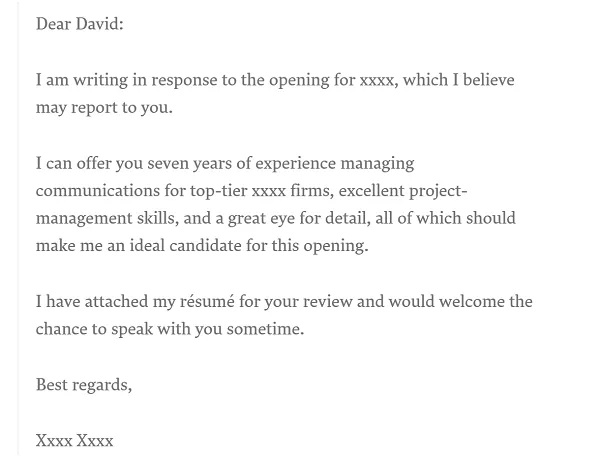Understanding Cover Letter Length [Key Factors]
The length of your cover letter is a crucial aspect of your job application. It’s a balancing act of providing enough information to showcase your qualifications and interest while respecting the hiring manager’s time. A cover letter that’s too short might not highlight your value, while one that’s too long risks losing the reader’s attention. Several factors influence the ideal length including the job you’re applying for, your experience level, and the industry standards. Being mindful of these factors will help you craft a cover letter that effectively communicates your candidacy.
Why Cover Letter Length Matters
Your cover letter is your first impression, and the length contributes significantly to that impression. A well-crafted cover letter demonstrates attention to detail, organizational skills, and an understanding of professional communication. A cover letter that is appropriately sized will often make a strong statement. A concise cover letter quickly grabs the reader’s attention by directly targeting the job requirements. Conversely, a rambling letter can indicate a lack of focus. Additionally, a properly formatted cover letter highlights your respect for the hiring manager’s time and increases the likelihood of your application being read thoroughly. Furthermore, it shows that you are aware of industry norms and best practices.
The Ideal Cover Letter Length [Word Count Guidelines]
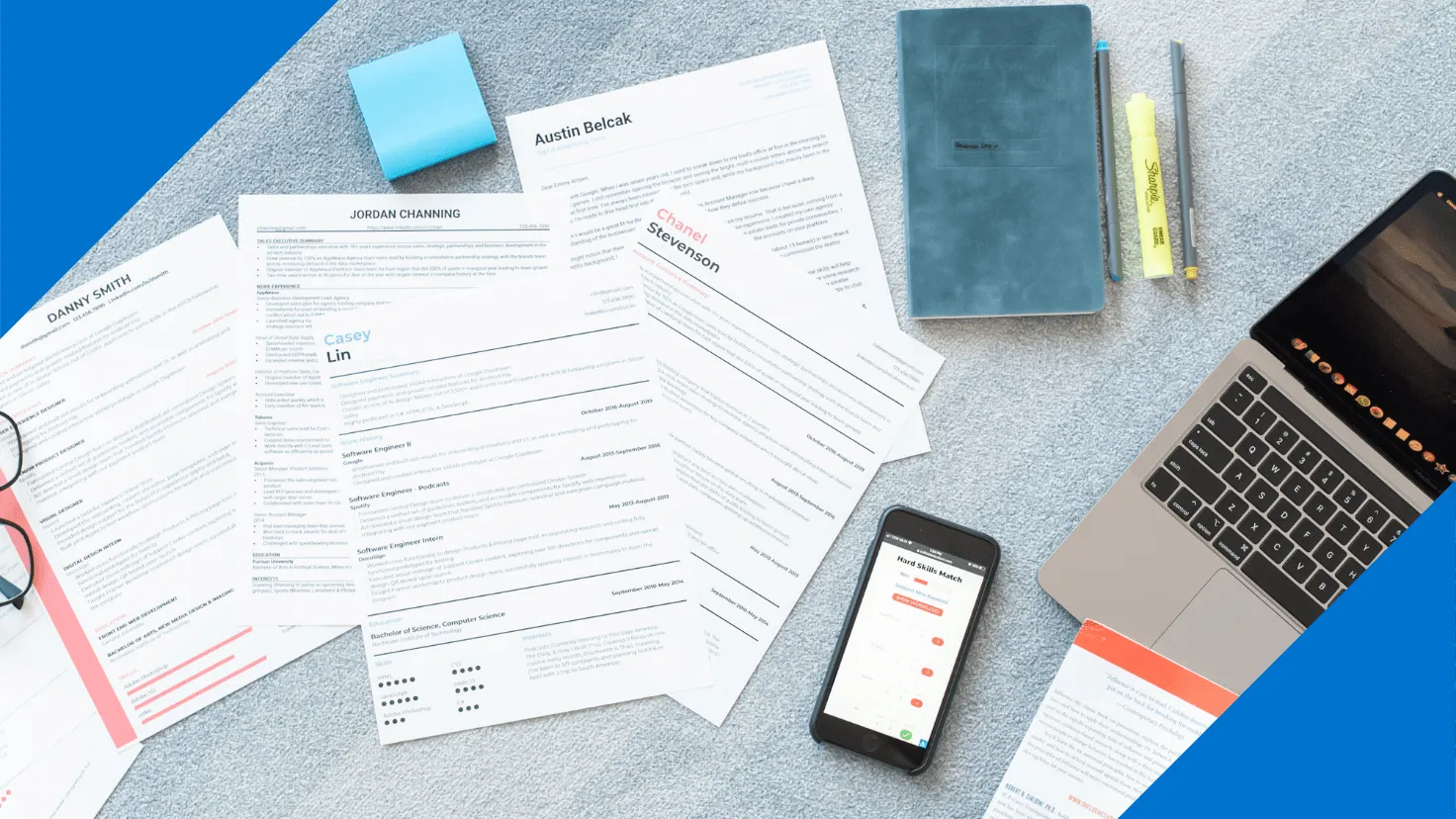
In most cases, the ideal cover letter length is one page. Aim for a word count between 250 and 400 words. This allows you to provide sufficient detail about your skills, experience, and enthusiasm for the role without overwhelming the reader. While a two-page cover letter might be acceptable in some situations, it’s essential to justify the extra length with compelling content. Brevity is generally valued, so prioritize the most relevant information and avoid unnecessary fluff. Proofread carefully to ensure every word serves a purpose and that your letter remains concise and impactful. Always check the specific instructions of the application, as some employers may have a preference.
One Page Cover Letter [When It’s Best]
A one-page cover letter is often the best choice for most job applications. It’s the standard for entry-level positions and many mid-career roles. This format ensures that the essential details are presented efficiently and keeps the reader engaged. Ensure your resume’s key points match with the job requirements. When you have less extensive work history or are applying for a role with a clearly defined set of requirements, one page is usually sufficient. The focus should be on showcasing your most relevant skills and experiences. Make sure to highlight the specific achievements that make you the ideal candidate. Keeping it concise ensures that the most important information is not lost and that your application stands out.
Two Page Cover Letter [When It’s Acceptable]
In certain situations, a two-page cover letter may be appropriate. This might be necessary if you have a long and complex work history, extensive accomplishments, or if you are applying for a senior-level or executive position. For instance, if you have a long list of projects, publications, or significant achievements, you might need more space to provide the necessary context. However, even when two pages are acceptable, it’s crucial to maintain a high level of focus and relevance. Make sure every section is important. Always prioritize the most important information and avoid repetition. Consider the hiring manager’s time and ensure the extra length adds value to your application. Use strong formatting to make the letter as readable as possible.
Cover Letter Formatting Tips for Length
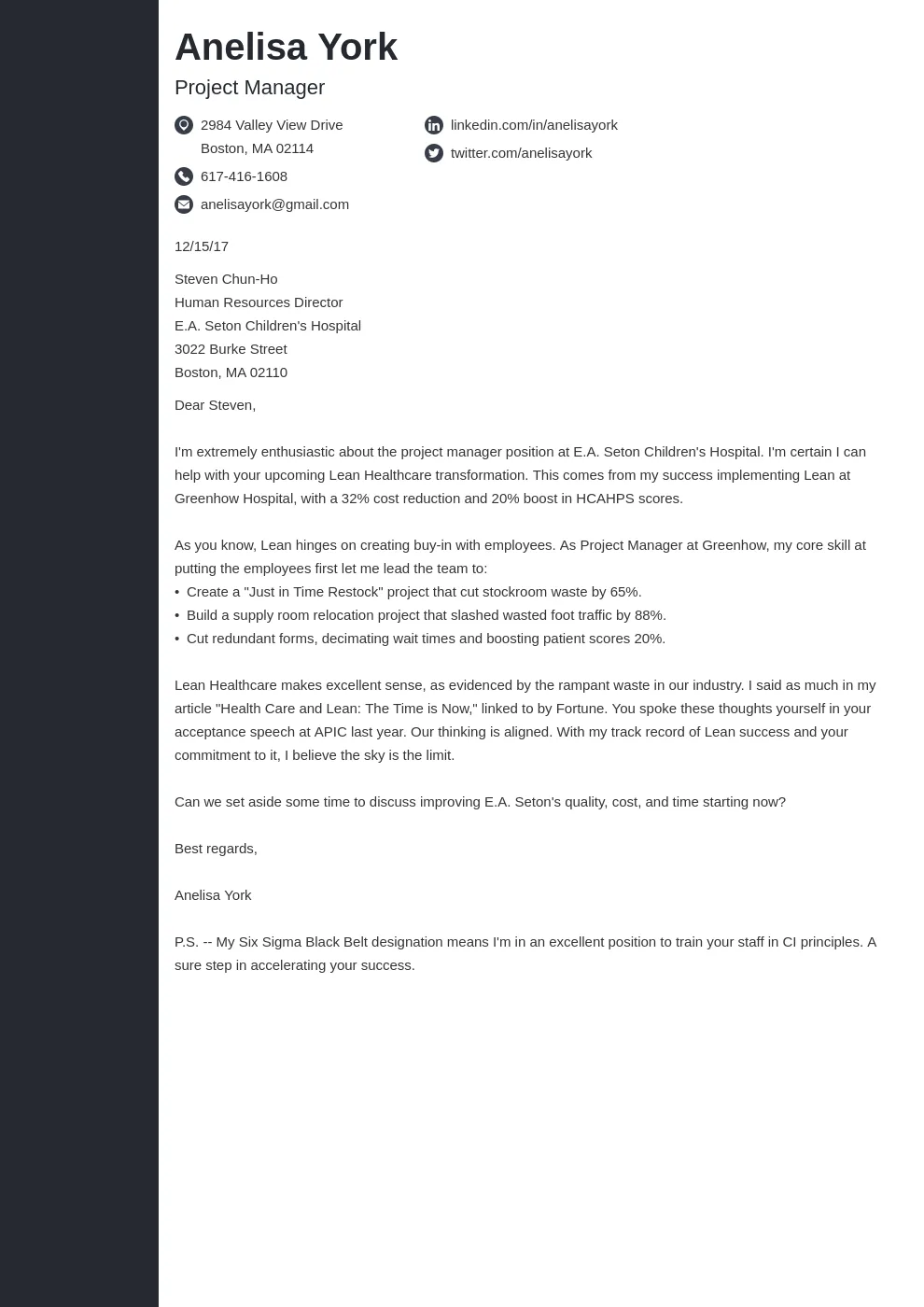
Formatting plays a significant role in managing your cover letter’s length. Use standard font sizes (11 or 12 points) and professional fonts like Times New Roman, Arial, or Calibri. Make sure your format is readable. Maintain generous margins (1 inch on all sides) to provide visual space and make the text easier to read. Double-space between paragraphs for clarity. These formatting choices affect the overall length and readability of your letter. Avoid excessive bullet points unless necessary and make sure there are plenty of white spaces. Keep the formatting consistent throughout the document to maintain a professional appearance. Properly formatted cover letters are easier to read and more likely to hold the reader’s attention.
Concise Writing for Cover Letters [Make Every Word Count]
Every word in your cover letter should serve a purpose. Avoid using overly complex language or jargon that could confuse the reader. Choose strong verbs and concise phrasing. Eliminate redundant phrases and unnecessary words. Cut out filler words like “very,” “really,” and “just.” Be direct and get to the point quickly. Focus on the most important details of your qualifications and experience. Use active voice rather than passive voice to make your writing more dynamic and engaging. Proofread your cover letter meticulously to catch any unnecessary words and ensure every sentence contributes to the overall message. Concise and impactful writing keeps the reader engaged and increases the effectiveness of your letter.
What to Include in Your Cover Letter to Fill It
When trying to fill space appropriately, it’s important to balance your content with the required length. Start by introducing yourself and stating the position you’re applying for. Highlight your relevant skills and experiences by providing specific examples and quantifiable achievements. Explain why you are interested in the company and the specific role. Showcase your research on the company, demonstrating that you understand their values and goals. If you have a unique value to offer, describe that in detail. Explain how your experiences make you a good fit for this role. Use specific details and avoid general statements. Conclude by expressing your enthusiasm for the opportunity and your willingness to discuss your qualifications further. Always emphasize what makes you a strong candidate and why you’re interested in the job.
What to Exclude from Your Cover Letter to Shorten It
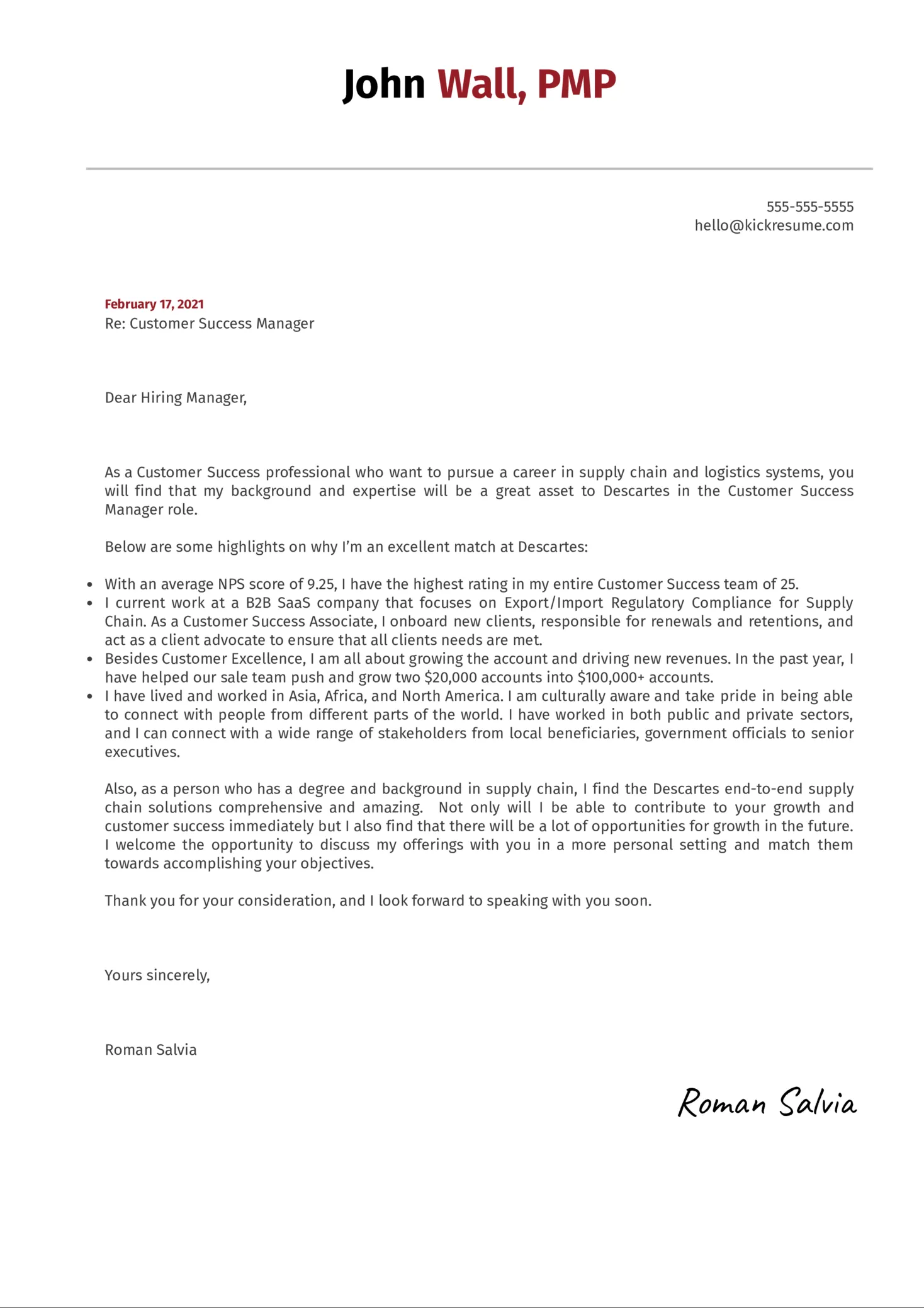
To keep your cover letter concise, be mindful of what not to include. Avoid repeating information that is already in your resume; instead, use the cover letter to expand on key points and provide context. Do not include personal information that is irrelevant to the job, such as your hobbies or marital status unless it is relevant to the role. Eliminate generic phrases and clichés; personalize your letter for each specific job. Avoid self-deprecating remarks or negative comments about previous employers or experiences. Focus on your strengths and what you can bring to the role. Remove any irrelevant experiences or skills that do not align with the job requirements. Keeping your letter focused increases its impact and demonstrates your attention to detail and suitability for the role.
Adapting Cover Letter Length by Industry
Industry standards can influence the appropriate length of your cover letter. In some industries, such as academia or government, longer cover letters might be acceptable, as they often require detailed explanations of skills and experience. In fast-paced industries like tech or marketing, brevity is often valued, so aim for a concise, impactful letter. Research the typical practices in your specific field. Look at successful cover letters from people in your industry. If unsure, err on the side of brevity and prioritize relevance. Tailor your letter to the expectations of the industry and the specific job you are applying for. Always adapt your cover letter’s length and content to align with industry norms and employer expectations.
Cover Letter Length for Entry-Level Positions
For entry-level positions, a one-page cover letter is usually ideal. Focus on highlighting your relevant skills, education, and any internships or volunteer experiences. Since you might lack extensive work experience, emphasize your transferable skills and enthusiasm for the role. Tailor your letter to demonstrate your understanding of the company and the specific job requirements. Provide specific examples of projects or tasks that demonstrate your capabilities. A concise and well-written cover letter shows professionalism and a genuine interest in the opportunity. Keep it straightforward and easy to read. For entry-level positions, the goal is to show your potential and eagerness to learn and contribute.
Cover Letter Length for Executive Positions
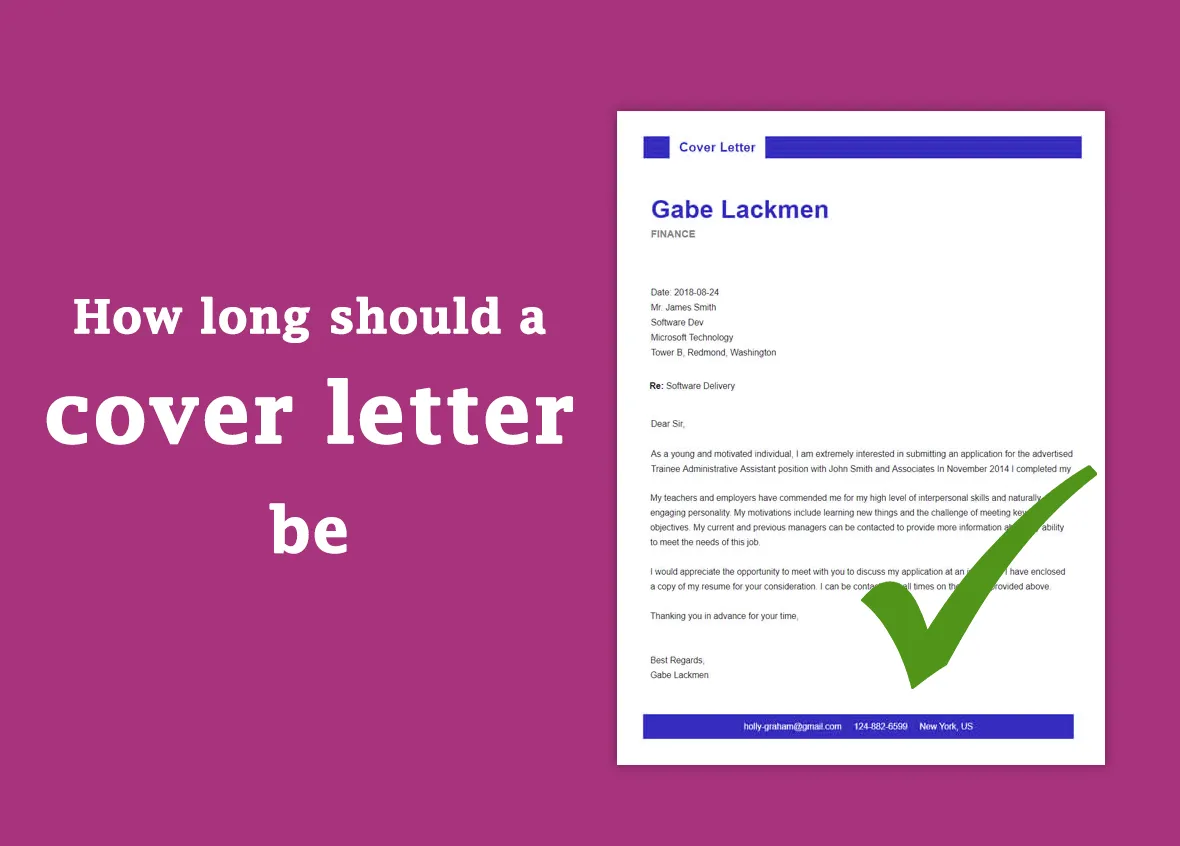
For executive positions, a two-page cover letter might be appropriate, but it’s essential to make sure every section is filled with relevant information. Given the experience and accomplishments typically associated with executive roles, you might need more space to showcase your qualifications. However, it is still important to stay focused and prioritize the most impactful details. Use the cover letter to highlight your leadership skills, strategic thinking, and significant achievements. Quantify your accomplishments with data whenever possible, such as increased revenue or improved efficiency. Demonstrate your understanding of the company’s needs and how you can contribute to their success. Be sure to show that you are capable of filling the position and that you have what it takes to lead the company.
Balancing Length and Content [Tips for Success]
The key to a successful cover letter is to balance length and content. Prioritize the information that directly addresses the job requirements and highlights your value to the employer. Tailor your letter to each specific job application. Ensure your content is relevant, concise, and well-written. Proofread carefully for errors in grammar and spelling. Use formatting to enhance readability and create visual appeal. Always demonstrate your understanding of the company and the role. By following these tips, you can create a cover letter that is the right length and makes a positive impression on potential employers. Always be sure to adapt your letter’s length and content to match the industry and job requirements.
